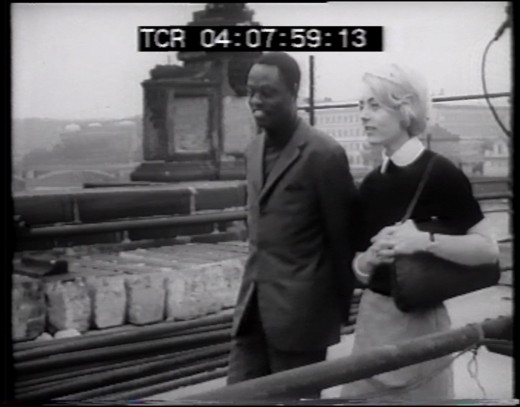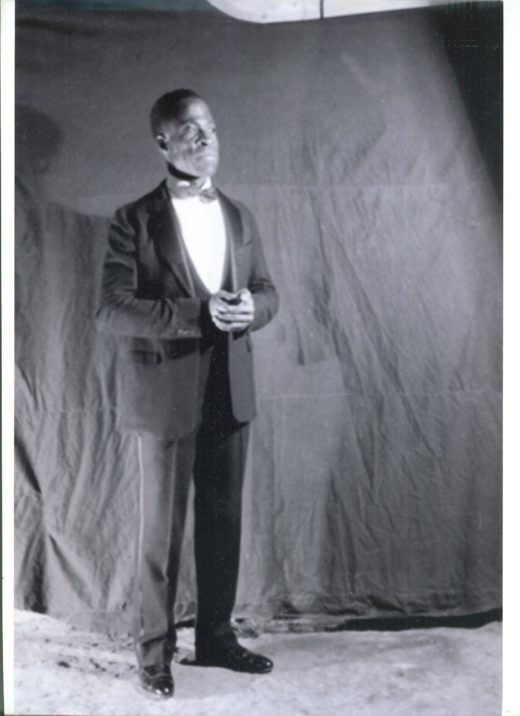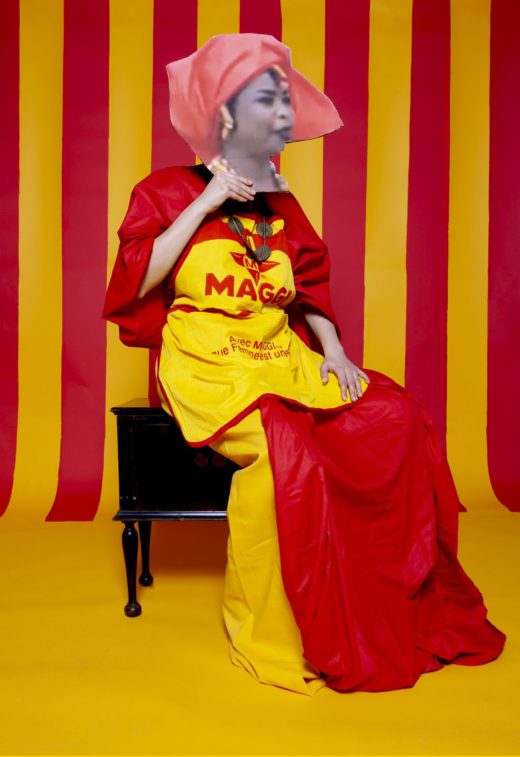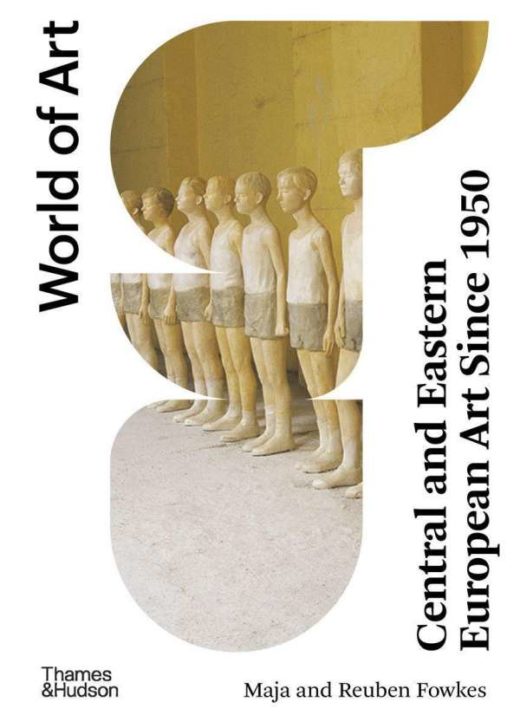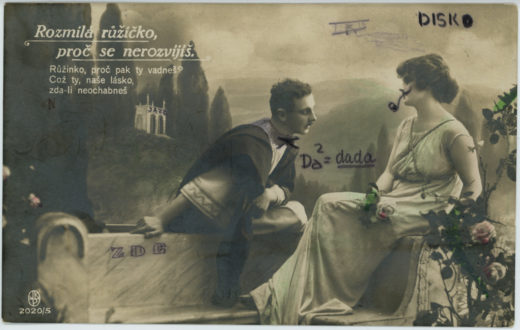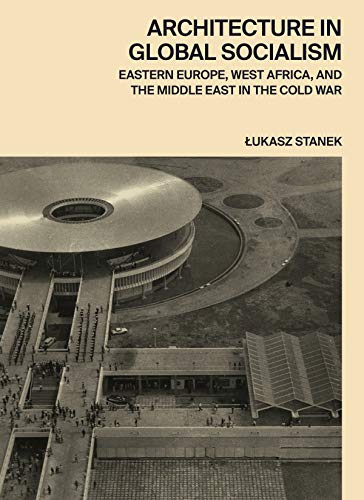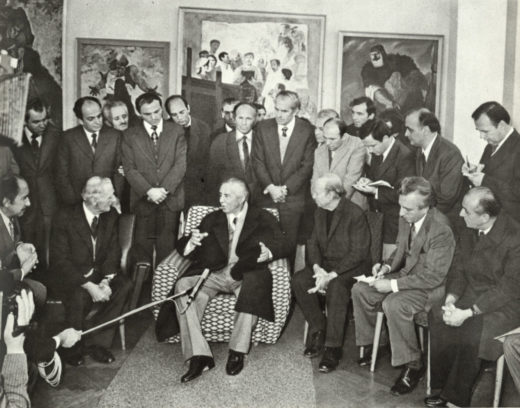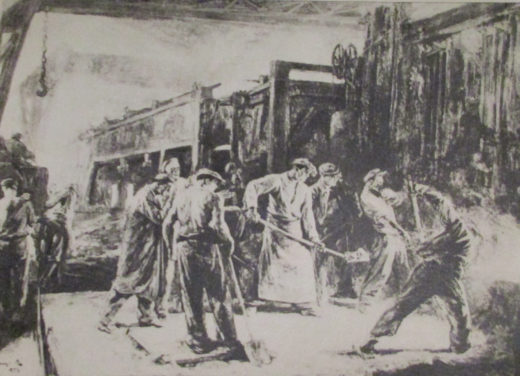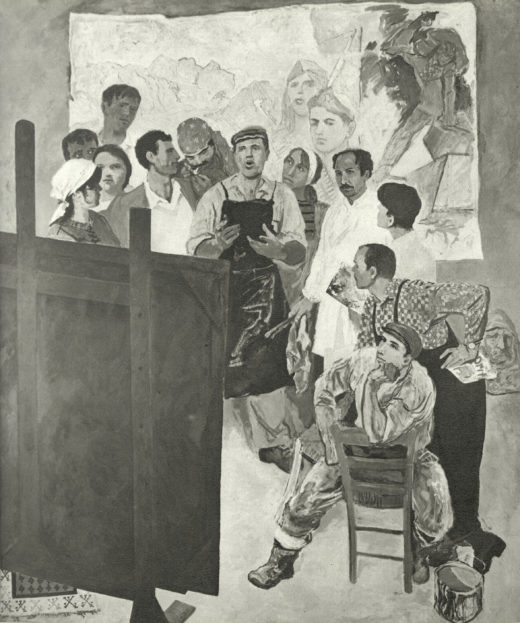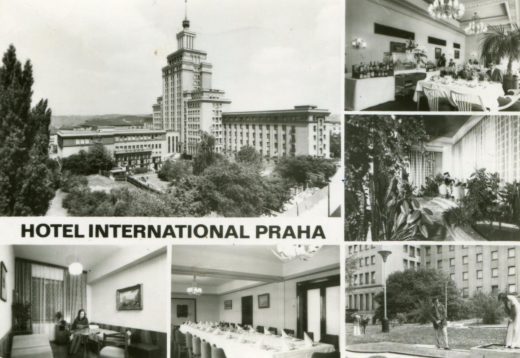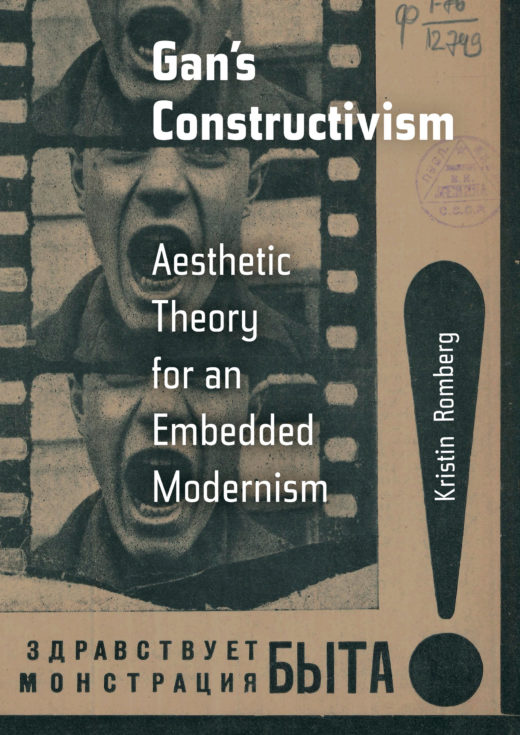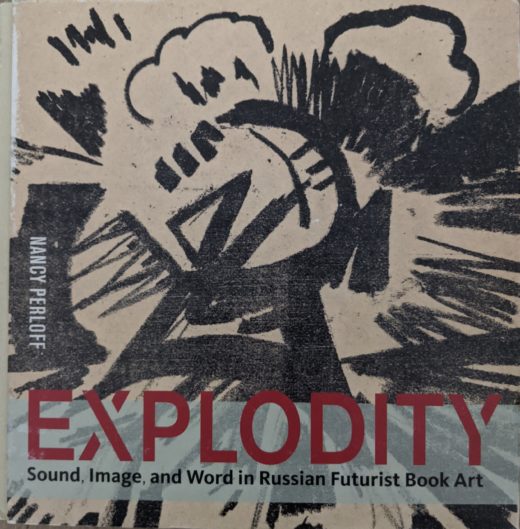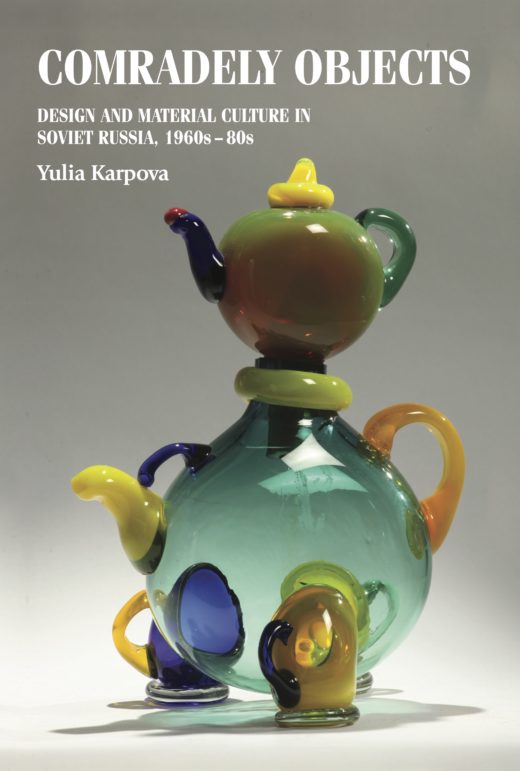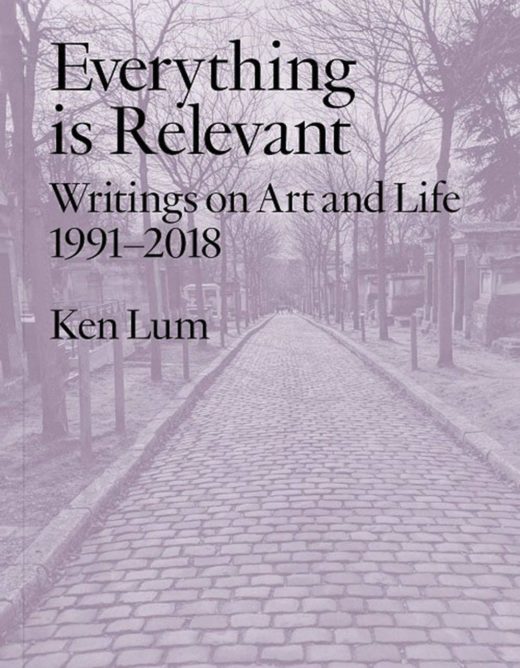We Do Not Know Ourselves: How Global South Filmmakers Exposed Racism in Czechoslovakia
The documentary film Black and White (1968) begins with a scene in which a small child marvels at the skin color of an adult African. The child asks: “Are you really so dirty?”, and concludes with the words, “You’re black. What’s your name?” The little girl is curious and in her ignorance she symbolizes the protagonist of the film – Czechoslovak society confronted with the racialized other. The voiceover in the film speaks on behalf of Czechoslovak society. However, the creator of this documentary is not a Czechoslovak citizen, but Krishna Viswanath. Born in Calcutta, Viswanath studied at university in … Read more

